So how does Luffy’s devil fruit bring the series back to its roots when it actually changes everything about Luffy’s powers?
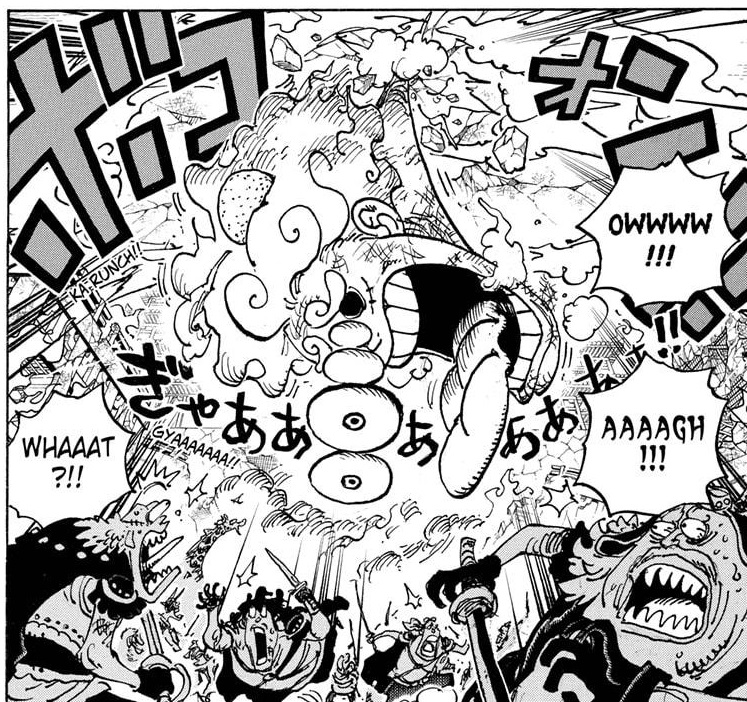
I’d like people to really go back and remember what the East Blue saga was like without the baggage of everything from the Grand Line onwards. The series was actually kind of grounded. Well, as grounded as a story with an man with an axe for a hand or a clown like Buggy can be, but its still much more grounded than what came after. The technology level was pretty standard throughout the islands we saw, and the powers don’t feel as absurd. If you think about what a standard shonen pirate anime would entail, the East Blue saga doesn’t feel like it would be out of place, for the most part.
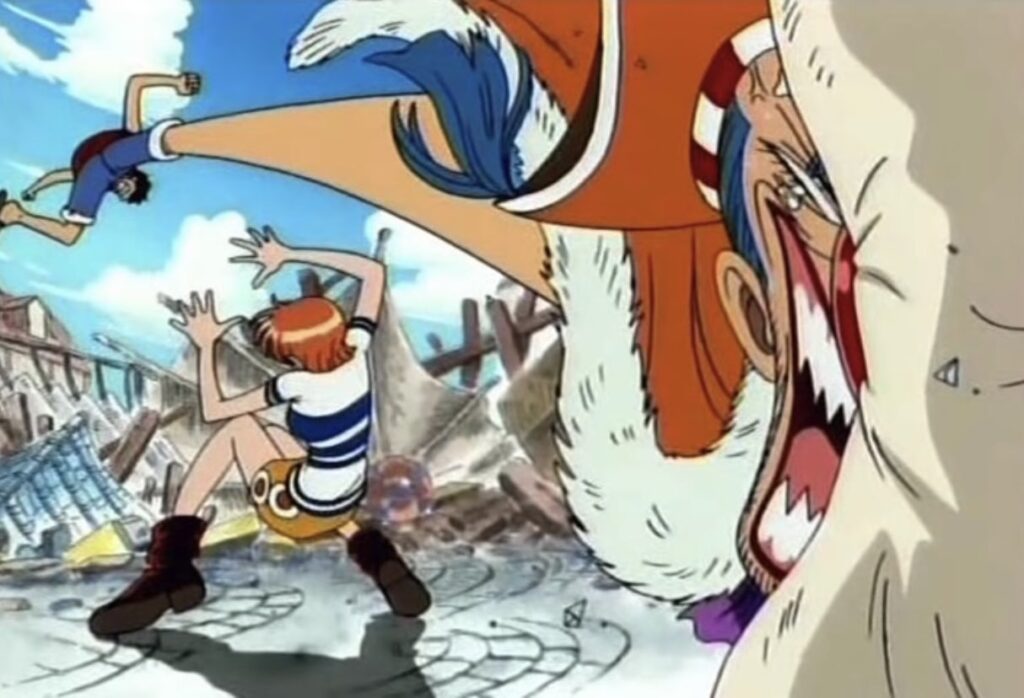
Luffy was the special one in East Blue, and his rubber powers were the most ridiculous ability in the story. Additionally, because his muscles were rarely defined, he often looked like the rubberhose characters from the 1930s. While his powers have always been based on rubber, it isn’t rubber in the sense that Oda has ever cared about Luffy maintaining real world physics. When you get down to it, The East Blue really is like if you grabbed Felix the Cat and put him in a standard anime pirate world.
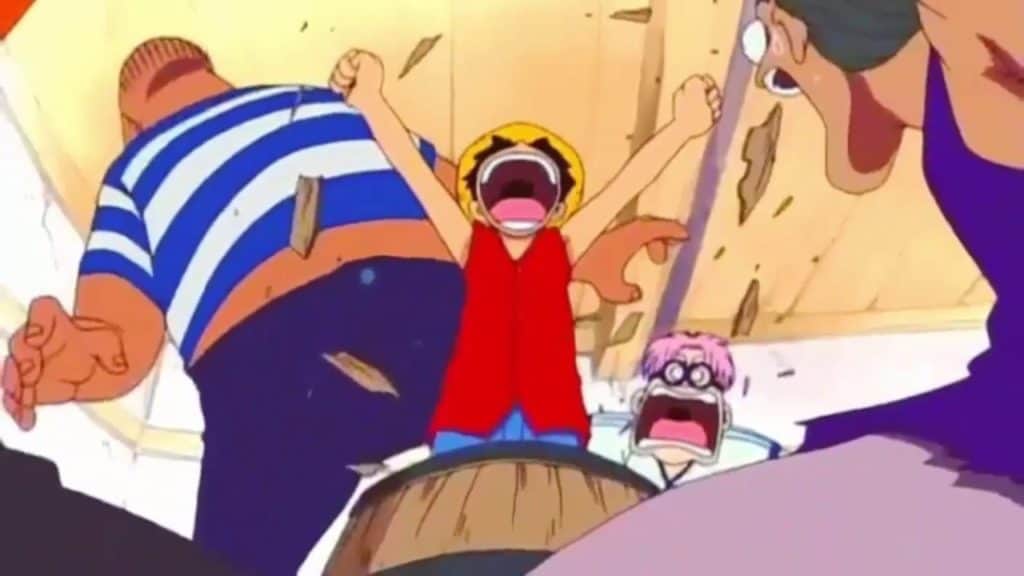
This gradually changed over time in the Grand Line, and became even more apparent in the New World. Luffy’s powers began to have more structure to them with the Gears, and he faced opponents that continued to have more and more ridiculous powers. Additionally, the crewmates he got were often just as strange, if not stranger, than Luffy. Luffy’s muscles were getting more defined, and he was becoming less and less of a cartoon character in a relatively grounded world. He became another wacky anime character in a wacky anime world.
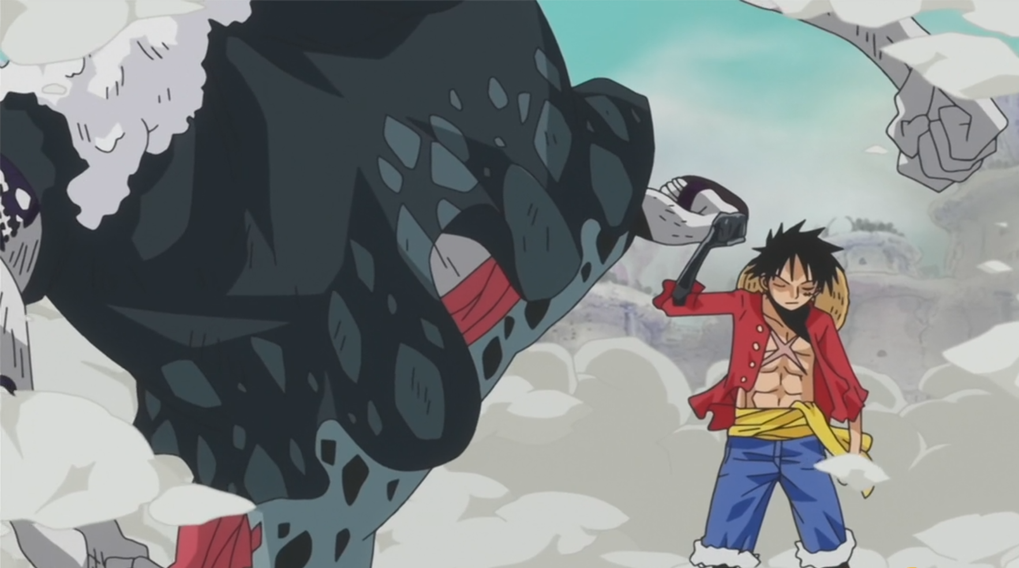
This is why I think Oda chose to change Luffy’s devil fruit. Luffy being rubber wasn’t special anymore, in the last arc, we saw a character with a power that’s explicitly similar and even more ridiculous than rubber powers in Katakuri. He stopped feeling as much of a cartoon character as he used to. This is also reinforced with Haki by making most of the Luffy’s New World fights revolving around Haki and how to improve it.
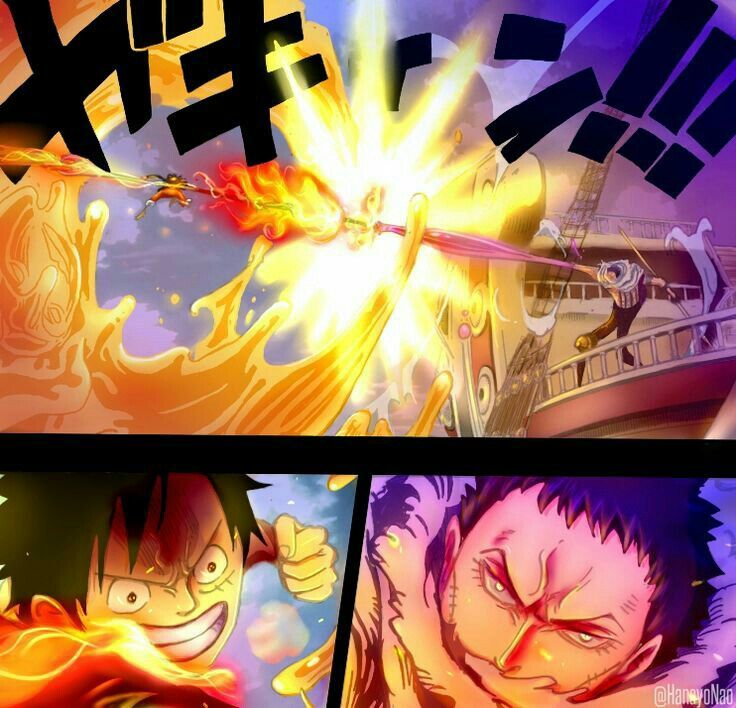
I also want to talk about the series’ tone and how the Hito Hito no Mi, Model: Nika perfectly reflects the series as a whole. People say One Piece is a dark story, but aside from the intended lowpoint in the series with Marineford, that really isn’t the case.
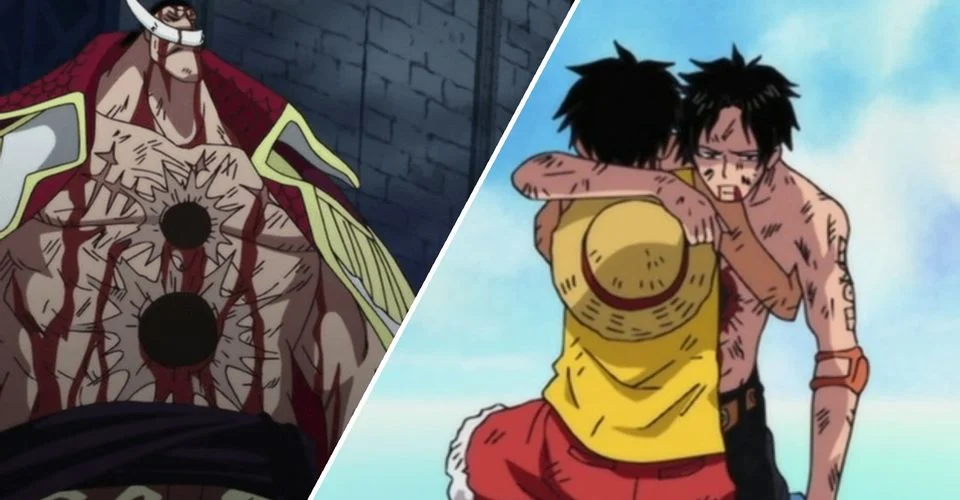
Murder, slavery, drug use, etc. are all talked about frequently in the One Piece world, but its still a series with very few deaths and always has a happy ending at the end of an arc (again, excluding Marineford); most of the darkest moments happen in flashbacks. I think this is an important factor to consider when talking about One Piece’s tone. Every arc starts pretty dark by showing the horrors of the villain, but the arc always ends by Luffy and his crew creating a lighter tone by fixing the problems of the world. That’s why flashbacks are so dark; they live in a world before Luffy existed to fix things.
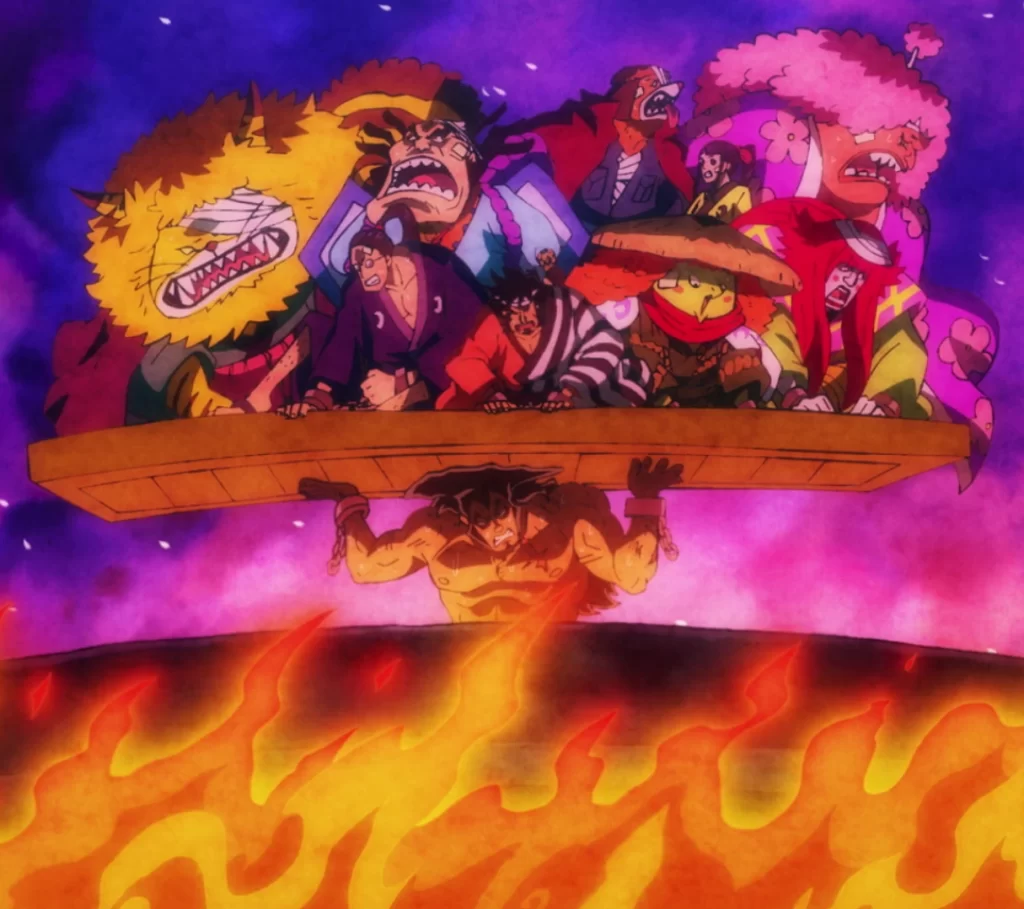
This is why I think Luffy’s new devil fruit ties in perfectly with the series. In the East Blue, Luffy was the cartoon character that changed a relatively grounded world into a cartoony, idealized one where everyone that deserves it gets their happy ending. However, as the power of Luffy’s opponents grew, Luffy lost a lot of his cartoony-ness and had to work within the rules of the world in order to gain the power necessary to continue the role he had in the East Blue. His new devil fruit restructures Luffy’s role to be the same one he had in the East Blue (cartoony pirate that makes each island more cartoony) but on a much bigger scale (cartoony pirate that can make the whole world cartoony).
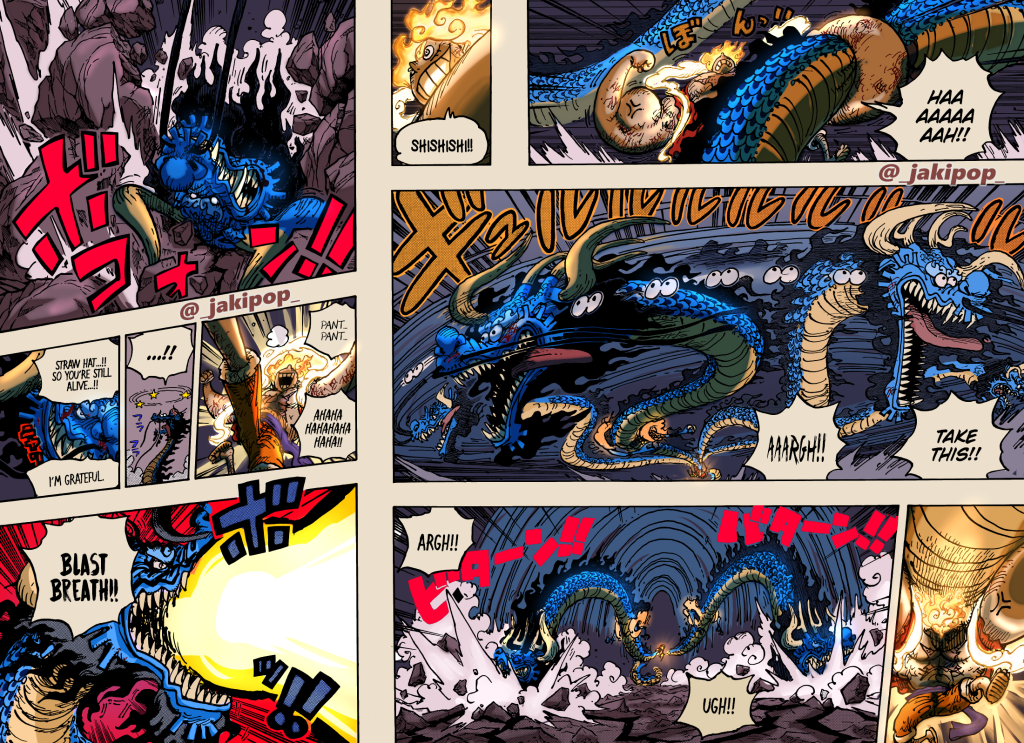
The last thing I want to talk about is how I think we are going to see a lot of East Blue parallels going forward. In my opinion, Oda’s initial outline of the story consisted of the East Blue Saga, Four Yonko Saga and the Final Arc. You’ll notice that the core five Straw Hats didn’t really get much development between the end of East Blue and Whole Cake. There were threads here and there, primarily with Usopp, but the five that entered the Grand Line really aren’t that different from the characters they were at the end of Dressrosa. I think this is because Oda had to stretch their character arcs in order to accommodate the series running longer than he intended
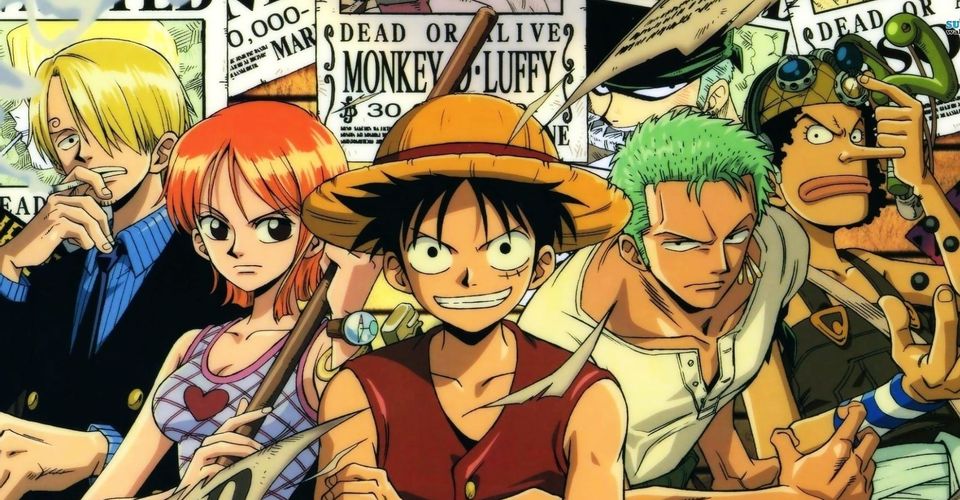
While the story has only split itself between the timeskip and the various arcs, I think there are three, technically four, acts that the series can be comprised of.
Act 1- East Blue.
Act 2 part 1 – Grand Line
Act 2 part 2 – New World to Wano
Act 3 – Wano to the End
The reason I’m separating it this way is because I think Act 2 was extended substantially, probably because Oda was having so much fun making this story. Act 2 essentially represents the time in which Luffy is acting more like a standard anime protagonist than the cartoony one found in the East Blue and post-awakening. I feel like Luffy’s new devil fruit is a sign that the series will return to the structure of Act 1 for the final act. Luffy will be the cartoony pirate that can make the world more cartoony and idealized, and the story will return its focus to the five core Straw Hats in order to complete their characters arcs that Oda has likely been planning since the start.
*by Kureiton


